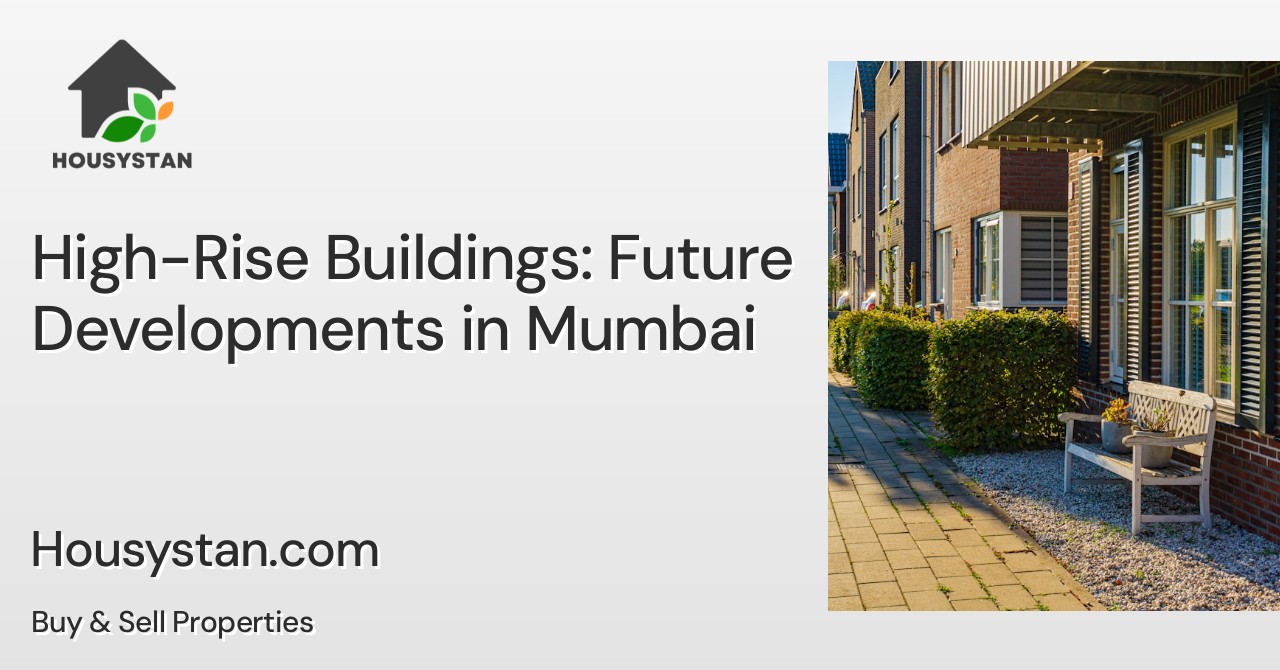High-Rise Buildings: Future Developments in Mumbai
Read latest blogs and articles from Housystan

The Information mentioned here was last updated on:
11/12/2025Mumbai, the bustling financial capital of India, is renowned for its ever-evolving skyline dotted with soaring high-rise buildings. As the city continues to expand rapidly, future developments in Mumbai’s high-rise sector are setting new benchmarks in architecture, sustainability, and urban living. These upcoming skyscrapers are not just transforming the city’s visual landscape but are also addressing the modern needs of Mumbaikars by offering innovative solutions in residential, commercial, and mixed-use spaces.
With limited land available and a growing population, vertical expansion is the most practical approach for Mumbai’s real estate market. Leading developers are investing in advanced construction technologies and smart building designs to optimize space utilization while ensuring safety and efficiency. The integration of green building practices is now a standard, with many upcoming high-rises featuring eco-friendly materials, energy-efficient systems, and sustainable water management. These efforts help reduce the carbon footprint and promote a healthier urban environment, keeping in line with Mumbai's vision for a sustainable future.
Strategic locations such as Worli, Lower Parel, Bandra, and Andheri are witnessing a surge in high-rise projects. These areas are favored for their proximity to business districts, transport hubs, and social infrastructure, making them ideal for both residential and commercial development. Upcoming towers in these neighborhoods boast state-of-the-art amenities, panoramic views of the Arabian Sea, and world-class lifestyle facilities that appeal to both local residents and global investors looking to invest in Mumbai real estate.
- Verified Tenants/Buyers
- Unlimited Property Listing
- Zero subscription/charges fee
Connectivity remains a crucial factor in the success of high-rise developments in Mumbai. Enhanced infrastructure, including metro lines, expressways, and upgraded public transport, supports seamless accessibility between major areas, adding value to high-rise properties. Additionally, government initiatives promoting vertical growth and sustainable urban development have created a conducive environment for real estate innovation in the city.
As Mumbai continues to be a magnet for business opportunities and cultural vibrancy, the future of high-rise buildings looks promising. These forthcoming developments not only redefine the city’s architectural identity but also promise modern, efficient, and sustainable lifestyles for generations to come. For anyone seeking to invest or reside in Mumbai, keeping an eye on these high-rise projects ensures a stake in the city’s dynamic and upward-moving future.